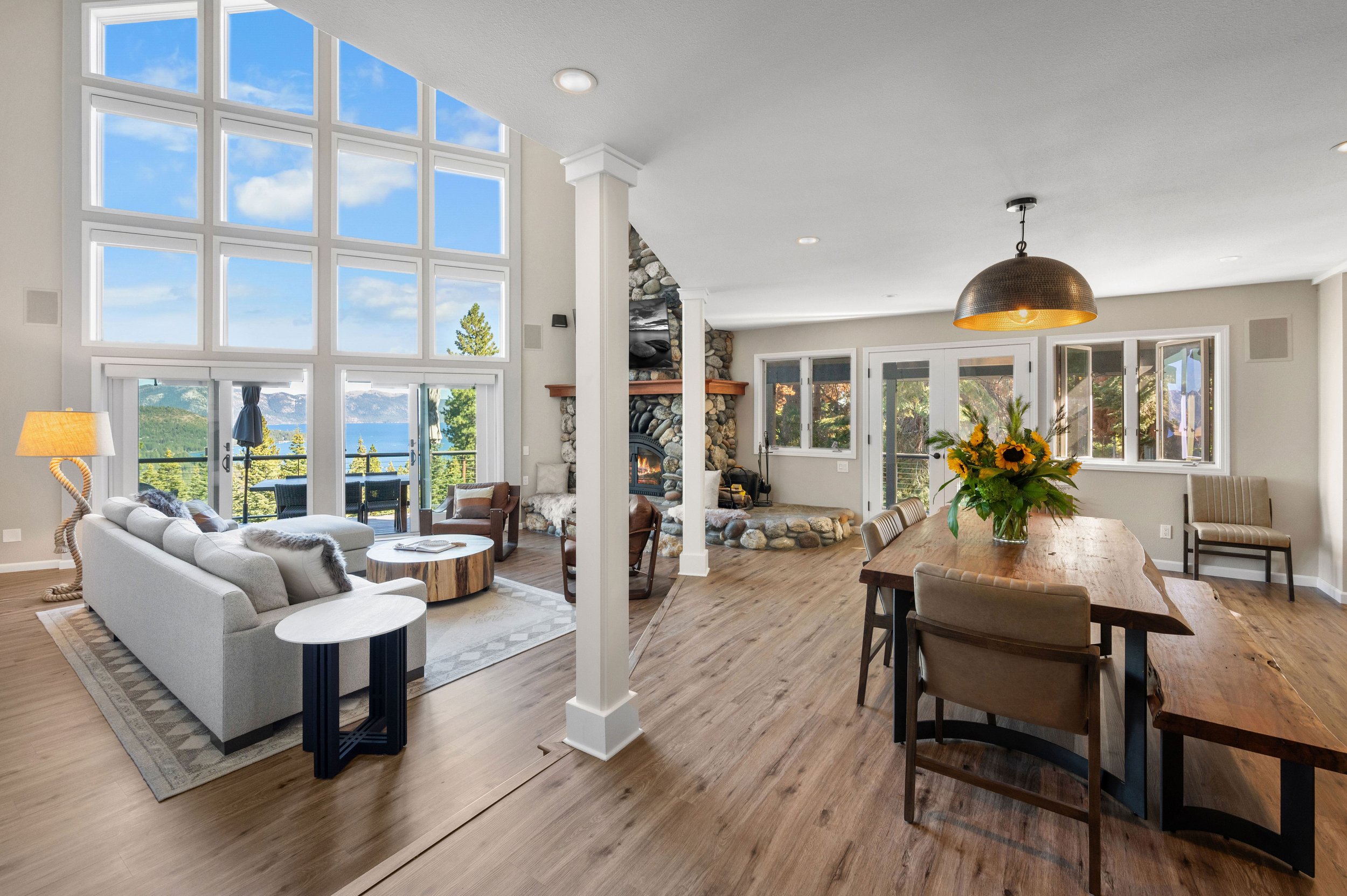How to Deal with Common Vacation Rental Damages
Handling Vacation Rental Damage for Owners
Damages are part and parcel of owning a vacation rental business, and there’s a reason that security deposits and damage waivers are required on most short-term rental platforms these days. But not all damages are created equal, and the protocol for handling them is different depending on the type of damage and whether or not guests take responsibility for causing them.
That’s why we’ve created this short guide for dealing with common vacation rental damages. Today, we’ll break down how to handle inexpensive damages, bigger repairs, property damage, and wear and tear on your vacation rental.
Inexpensive Damages in Vacation Rentals: How to Handle Them
In some cases, damages are not a serious concern that requires holding the guest responsible–typically, anything under a few hundred dollars to repair is considered to be on the owner, not the guest themselves, and these types of damages aren’t usually discussed with guests unless they get completely out of control. Inexpensive damages can take many forms, but here are a few examples:
Missing pillows, towels, linens, bedsheets, etc.
Soap or other usable items taken from the property that are easy to replace
Broken or torn window screens or screen doors
Broken latches on cabinets, doors, etc.
Guests leaving behind such a mess that a more thorough cleaning is required
Although it can be irritating when guests take advantage and don’t report damages, anything under a few hundred dollars to repair should just be considered the cost of running a vacation rental. As long as nothing is taken or broken that cannot be replaced, it’s a good idea to just fix the problem and move forward without taking action against a guest.
When to Utilize the Security Deposit with Vacation Rental Damages
What happens when the damages are out of control and it will take more than just a replacement to fix what was broken by a guest? This is why security deposits are so common on platforms like Airbnb and Vrbo, as they are important for the owners of vacation rentals–instead of having to pay out of pocket for egregious damages, the security deposit can cover it.
Damages of this type are often more severe than just missing items or a broken game controller and they often require extensive repairs. Here are some examples of damages that would require taking a guest’s security deposit:
Broken appliances like TVs or gaming consoles
Broken or damaged windows
Minor property damage, such as a guest driving over the front lawn
When things of this nature occur, it’s a good idea to document everything right away and communicate with the guest responsible to see what happened. Keep all of your communication on your reservation platform to ensure that your side of the street is kept clean and that there will be evidence if the guest decides to fight against losing their security deposit. Be sure to move quickly with these types of damages, as most platforms will require you to return the security deposit if damages are not reported within a prescribed period of time.
How to Deal with Vacation Rental Property Damage and Other Expensive Concerns
We’ve covered minor damages and more expensive damages, but what about if a guest causes so much damage that it lowers your property value? Although this is not a common scenario, it has happened before, especially when guests break the house rules and throw destructive parties on vacation rental properties.
At this point, it’s no longer a good idea to let your booking platform handle it–instead, it becomes a legal issue, and contacting a lawyer is probably your best option. This is also why it’s important to have great full-coverage damage insurance, because in cases like this, it can be difficult to collect repair money when you’re entrenched in a long legal dispute.
What About Wear and Tear in Short-Term Rentals?
The final type of damages we’ll discuss today are wear and tear. Wear and tear can be hard to define, as it’s typically just considered the damages that will happen with the amount of traffic coming in and out of your vacation rental. For example, a few things that are considered wear and tear are:
Nail and tack holes in the walls
Broken or misplaced blinds or curtains
Minor damages to furniture (holes, tears, stains)
Scuff marks
Chipped or cracked tiles or loose grout
Wear and tear is usually not expensive to fix, so most vacation rental owners don’t typically hold guests responsible for this type of damage. However, in order to keep your property’s value up, it’s important to pay attention to this kind of damage, as it can cause bigger problems down the line and lead to poor guest reviews. No one wants to stay in a house where everything is worn, used, and breaking down, so do your best to fix these issues as they pop up.
Find a Vacation Rental Property Manager That Cares Deeply About Damages and Preserving Property Value
Managing every single aspect of your short-term rental property can be a daunting task, and when irresponsible guests cause damages that now need expensive repairs, the stress can become almost unbearable.
However, if you have an expert vacation rental property management service like LocalVR by your side, you won’t have to worry about anything. In fact, preventative maintenance is a cornerstone of LocalVR’s offerings, and busting wear and tear to preserve property value is of the utmost importance. To learn more about LVR, visit our homepage.
Searching for even more ways to become a great vacation rental owner? Check out tips for renovating your property or some landscaping hacks that will make your outdoor space look irresistible.





